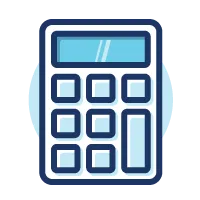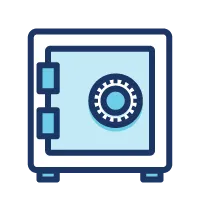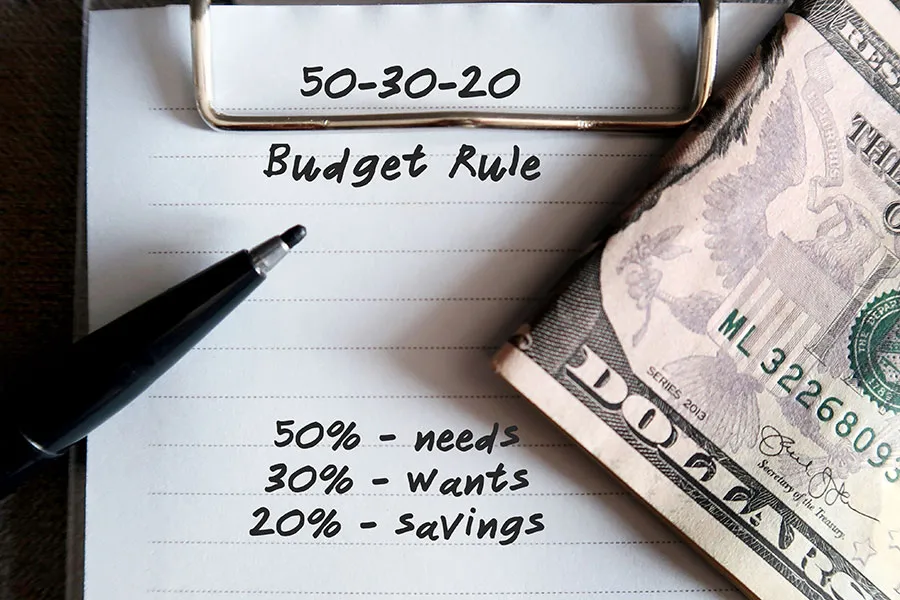Key Takeaways
- There's no one-size-fits-all approach to budgeting. Each method offers unique benefits and challenges, so choose the one that aligns best with your lifestyle and financial goals.
- Whether you prefer meticulous tracking, a simple guideline, or a hands-on approach, prioritize balance and flexibility in your budgeting method.
- The most effective budgeting method is the one you can stick to consistently. Experiment with different approaches, adapt them to fit your needs, and commit to proactive financial management for long-term success.
Are you ready to start budgeting but not sure which method is right for you?
Budgeting helps pave the way to financial stability and freedom. Whether you're aiming to pay off debt, save for a dream vacation, or simply manage your money more intentionally, choosing the right budgeting method will help you stick with it.
Here we’ll dive into three popular budgeting approaches: zero-based budgeting, 50/30/20 budgeting, and cash stuffing (envelope-based budgeting). Each method has its own set of pros and cons; understanding them can help you determine which one aligns best with your lifestyle and financial goals.
Three Types of Budgets
If you’ve been trying to stick to a budget but don’t feel like you’re making any progress toward your goals, it may be time to try a new method. Here are three tried-and-true budgeting methods to test out for your own finances.
- Forces you to assign every dollar a job, promoting mindful spending and eliminating wastefulness
- Offers a clear picture of where your money is going, helping you track expenses meticulously
- Encourages proactive financial planning by requiring you to prioritize spending based on your goals and values
- Requires detailed tracking and constant adjustment, which can be time-consuming
- May feel restrictive if you prefer more flexibility in your spending
- Can be challenging to implement for irregular income earners or those with fluctuating expenses
- Offers a simple, easy-to-follow guideline for budgeting without the need for detailed tracking
- Provides flexibility by allowing for discretionary spending on wants while prioritizing savings and debt repayment
- Helps maintain a balanced approach to spending, preventing overspending on unnecessary expenses
- Lacks the precision of zero-based budgeting, which may lead to overspending or neglecting certain financial goals
- Doesn't account for individual circumstances or variations in income and expenses
- Requires discipline to adhere to the allocation percentages, which may be challenging for some individuals
- Provides a tangible way to track spending and stay within budget limits
- Helps curb overspending by limiting purchases to the cash available in each envelope
- Offers a visual representation of financial priorities and encourages conscious spending habits
- Inconvenient for online purchases or transactions that require electronic payment methods
- Requires discipline to resist the temptation of borrowing from other envelopes if another envelope runs out of cash
- May not work for you if you prefer the convenience of digital banking or if you have irregular income streams
Choosing the Right Budgeting Method for You
Now that you know the ins and outs of these three popular budgeting methods, it’s time to choose which one fits your needs.
- The zero-based budgeting method is ideal if you thrive on structure and organization. If you're serious about tracking every penny and maximizing every dollar toward your financial goals, this method can provide the discipline and clarity you need.
- The 50/30/20 budgeting method might be your fit if you prefer a less rigid approach to budgeting while still prioritizing savings and debt repayment. It provides a balanced framework for managing finances without the need for meticulous tracking.
- The cash stuffing budgeting method is particularly beneficial if you struggle with overspending or find it challenging to stick to a budget. The physical separation of cash into envelopes serves as a tangible reminder of financial limits and encourages mindful spending.
The best budgeting method is one that aligns with your lifestyle, financial goals, and personal preferences. While each approach has its own set of pros and cons, the key is to find a method that you can stick to consistently.
Budgeting Worksheet Printable
We’ve created a printable budgeting worksheet that allows you to get to work right away by applying the zero-based budgeting method.
First, calculate your monthly income, including any side hustles. Then list out your monthly spending for all your expenses and any savings goals you have. If you have money left over, decide where those dollars will go - extra savings, fun money, paying down debt, etc. Remember, every dollar has a plan.
Download OneAZ’s Free Budget Worksheet
Become a OneAZ member and conquer your finances
You can also use our 50/30/20 Budget Calculator to test out this budgeting method.
Whether you prefer the structure of zero-based budgeting, the simplicity of the 50/30/20 rule, or the tactile experience of cash stuffing, the goal is the same: to take control of your finances and work toward a more secure financial future. Experiment with different methods, adapt them to suit your needs, and remember that budgeting is not a one-size-fits-all approach. Find what works best for you and take proactive steps toward financial empowerment and freedom.
APR = Annual Percentage Rate














